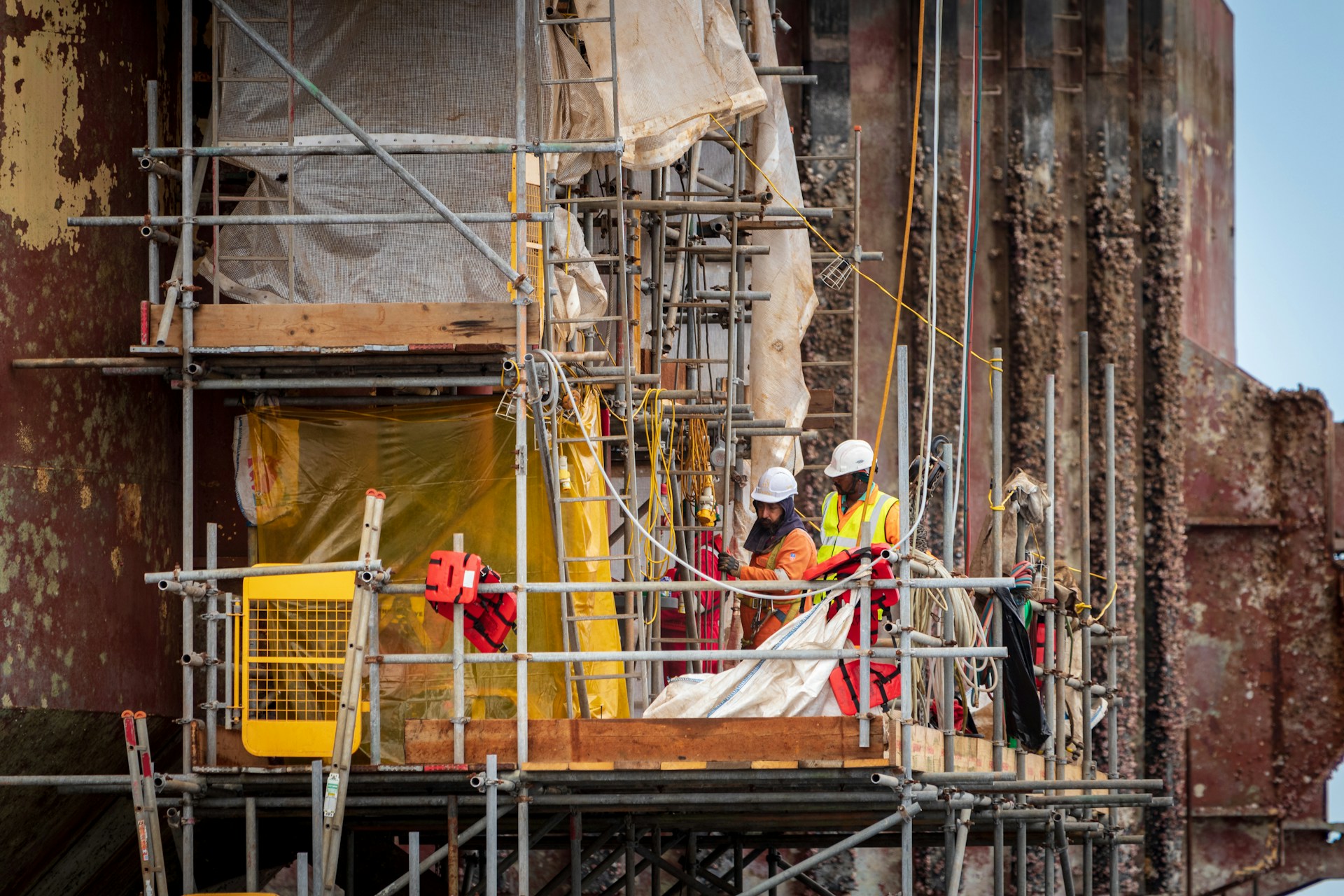The construction industry has long been a significant contributor to global waste and resource depletion. However, the circular economy concept offers a transformative approach to addressing these issues. By reducing waste and maximising resources, the circular economy in construction aims to create a sustainable and resilient built environment. This article explores the principles, benefits, and practical applications of the circular economy in the construction sector.
Understanding the Circular Economy
The circular economy is an economic model that focuses on the continuous use of resources, minimising waste, and regenerating natural systems. Unlike the traditional linear economy, which follows a ‘take-make-dispose’ approach, the circular economy emphasises keeping products, materials, and resources in use for as long as possible. This approach involves three core principles:
- Designing out waste and pollution
- Keeping products and materials in use
- Regenerating natural systems
The Importance of a Circular Economy in Construction
The construction industry is one of the largest consumers of raw materials and generates significant waste. Adopting a circular economy in construction is crucial for several reasons:
- Environmental Impact: Reducing waste and reusing materials can significantly decrease the industry’s environmental footprint.
- Resource Efficiency: Maximising resource use helps conserve natural resources and reduce dependency on virgin materials.
- Economic Benefits: Implementing circular practices can lead to cost savings and create new business opportunities.
- Social Impact: Sustainable construction practices can improve community health and well-being.
Key Principles of Circular Construction
To implement a circular economy in construction, several key principles must be followed:
Design for Deconstruction
Designing for deconstruction means creating buildings and structures that can be easily disassembled and their components reused or recycled. This approach requires careful planning and the use of modular design techniques.
Material Selection
Choosing sustainable and recyclable materials is crucial for circular construction. Materials should be durable, non-toxic, and easily recyclable or biodegradable.
Resource Efficiency
Optimising resource use involves minimising material waste during construction and promoting the efficient use of energy and water. This can be achieved through careful planning, precision in material measurement, and adopting efficient construction techniques.
Waste Reduction and Management
Implementing waste reduction strategies, such as using prefabricated components, can significantly decrease construction waste. Additionally, effective waste management practices, including sorting and recycling, are essential.
Life Cycle Assessment
Conducting a life cycle assessment (LCA) helps evaluate the environmental impact of a building throughout its life cycle, from raw material extraction to demolition. This assessment can inform decisions on material selection and design to minimise environmental impact.
Benefits of Circular Economy in Construction
Adopting circular economy principles in construction offers numerous benefits:
Environmental Sustainability
Circular construction reduces the need for raw materials and minimises waste, leading to a smaller environmental footprint. By prioritising renewable and recyclable materials, the industry can contribute to the conservation of natural resources and reduction of greenhouse gas emissions.
Economic Advantages
Implementing circular practices can lead to significant cost savings by reducing material and waste disposal costs. Additionally, the circular economy can create new business opportunities, such as recycling facilities and remanufacturing services.
Enhanced Building Performance
Buildings designed with circular principles often have improved performance in terms of energy efficiency, durability, and adaptability. This can result in lower operating costs and a longer lifespan for the building.
Social Benefits (h3)
Sustainable construction practices can enhance the quality of life for communities by reducing pollution, creating healthier living environments, and promoting social equity. Moreover, the circular economy can generate employment opportunities in sectors such as recycling, refurbishment, and green construction.
Challenges and Barriers to Implementation
Despite its many benefits, the implementation of a circular economy in construction faces several challenges:
- Cost and Investment: Initial costs for adopting circular practices can be high, and securing investment may be difficult.
- Regulatory Hurdles: Existing regulations and standards may not support circular construction methods, requiring updates and revisions.
- Technical Knowledge: There is a need for greater expertise and knowledge in circular design and construction practices.
- Market Demand: The market for recycled and sustainable materials is still developing, which can limit availability and affordability.
Conclusion
The circular economy presents a promising solution to the construction industry’s challenges of waste and resource depletion. By embracing sustainable practices, optimising resource use, and designing for longevity, the construction sector can significantly reduce its environmental impact and contribute to a more resilient built environment. While challenges remain, the potential benefits of a circular economy in construction are substantial, offering economic, environmental, and social advantages that can lead to a more sustainable future. Embracing these principles is not just an option but a necessity for the long-term viability of the construction industry and the planet.

